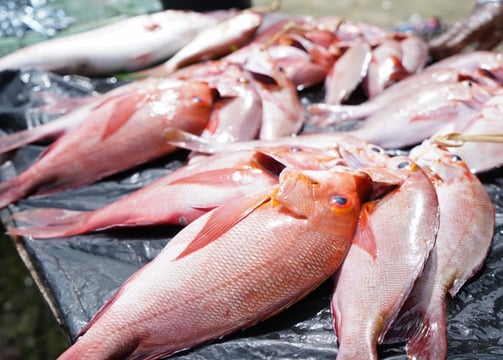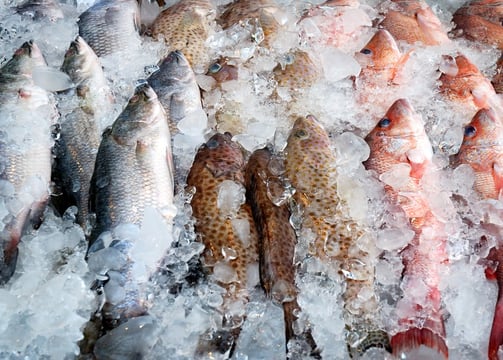Frozen Nile Tilapia
Frozen Nile Tilapia refers to frozen fish from the species Oreochromis niloticus. This freshwater fish is one of the most widely consumed globally due to its delicious flavor, tender flesh, and high nutritional value. It is farmed extensively in tropical and subtropical countries such as Indonesia, Vietnam, Thailand, and China.


Frozen Nile Tilapia refers to frozen fish from the species Oreochromis niloticus. This freshwater fish is one of the most widely consumed globally due to its delicious flavor, tender flesh, and high nutritional value. It is farmed extensively in tropical and subtropical countries such as Indonesia, Vietnam, Thailand, and China.
Physical Characteristics
Appearance:
Flesh ranges from white to reddish-white, depending on processing methods.
Soft texture with low fat content.
Size:
Commonly available in 200–500 grams per whole fish or fillets weighing 100–300 grams each.
Frozen Condition:
Packaged as whole fish, fillets, or steaks, based on consumer needs.
Frozen using IQF (Individual Quick Freezing) technology to retain freshness.
Benefits
Nutrition:
High in protein and low in fat.
Rich in vitamin D, B12, and minerals like phosphorus and selenium.
Consumption:
Suitable for various dishes such as grilling, frying, steaming, or soups.
Widely used in restaurants, households, and the food industry.
Freezing Process
Cleaning:
Fish is thoroughly cleaned, with entrails, gills, and scales removed.
Cutting:
Processed into fillets, steaks, or left whole as per market requirements.
Quick Freezing:
Utilizes IQF technology to maintain the texture and quality of the meat.
Packaging:
Vacuum-sealed or packed in specialized frozen containers and stored at -18°C or below.


High-quality seafood products for global markets.
CONTACT US
MAIN OFFICE
Jl. Agung Timur 8 No. 12A, Sunter Jaya, Tanjung Priok, North Jakarta, 14350
Indonesia
Phone : +62 21 650 5460
Email : marketing@ib3.co.id
IB3 © 2024. All rights reserved.
MINAHASA OFFICE
South Minahasa, North Sulawesi, Indonesia.
Phone : +62 812 9915 6569 Mail : info@ib3.co.id


OUR SERVICES
PRODUCTS
